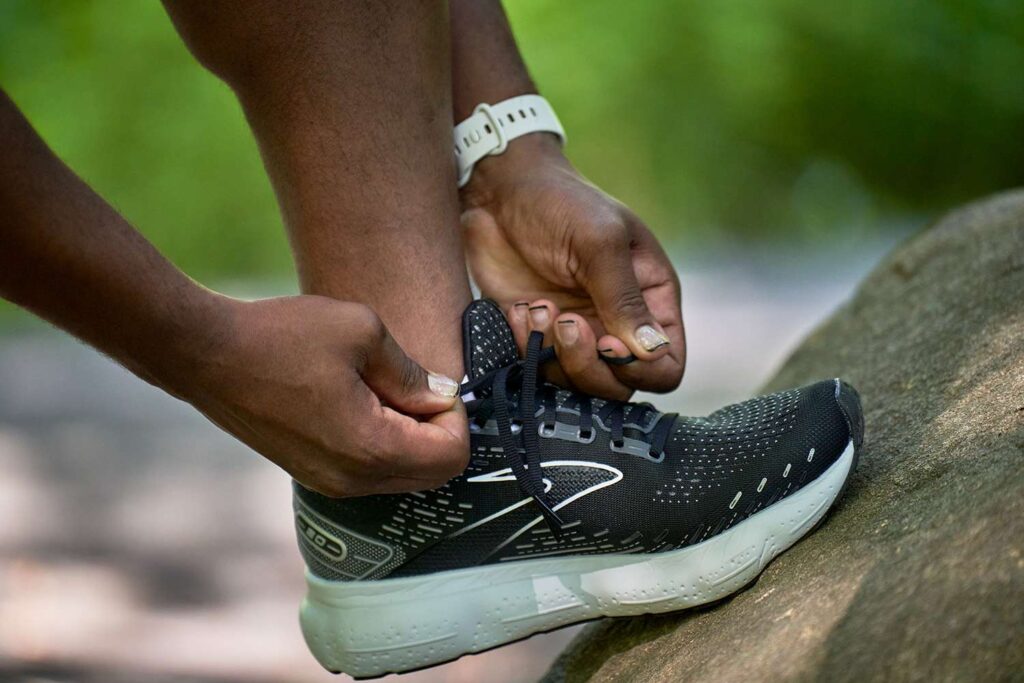How To Choose The Best Track And Field Spikes
For every track and field athlete, a good pair of track spikes is a necessity. A poorly-picked pair of track shoes can put you in danger and embarrassment. It can even mess up your chance to win over your opponents.
Save yourself from the mistakes that many athletes commit. First, understand that there are track spikes suited for different track events.
- Distance Spikes
This type of spike is oftentimes the lightest. As athletes vie to travel the farthest distance, comfort is a priority. This is the reason behind its flat sole. Also, this type of track and field shoes is always ready to get soaked.
- Sprint Spikes
As the most swagged player in the track and field events, sprinters aren’t just mindful of their shoes’ durability. They want to have something that looks good on them too.
Comfort and performance are equally important factors that they take into consideration when choosing a shoes to wear during play. Sprint spikes are designed to provide hard-hitting acceleration. If you want to ensure durability, choose more spikes with more pins at the bottom. The more pins the stronger it is against wear and tear.
Meanwhile, sprint spikes come in two variations – soft-plated and hard-plated spikes. Although hard-plated sprint spikes are less comfortable to wear, they may help you increase your speed. Meanwhile, soft-plated spikes are ideal for first-time sprinters including those who haven’t run in spikes before.
- Thrower Spikes
There is a particular thrower spike suited for rotating exhibitions like shot put, discus throw, and hammer throw. Smooth-bottomed spikes are designed to have a strap attached across the foot for extra grip and ease in spinning.
Javelin spikes, on the other hand, look like high-cut basketball shoes but they are bottom-spiked. Since this track and field event demands a lot of force, lots of spikes are needed.
- Jump Track Spikes
The appearance of long jump and triple jump spikes is slightly similar to sprint spikes, just a little outmoded. It is heeled for added support to track athletes during actual jumps.
Spikes for the high jump are the most unique spikes among other jump track spikes. It has lots of spike pins that go throughout the heel. This is ensure optimum protection during jumps.
Remember that track spikes vary in design, brand, and purpose. Factors such as performance, cost, and overall look must be taken into account. Regardless of what brand or type of spikes you choose, always set the bar high by choosing the best. Never settle for less.


